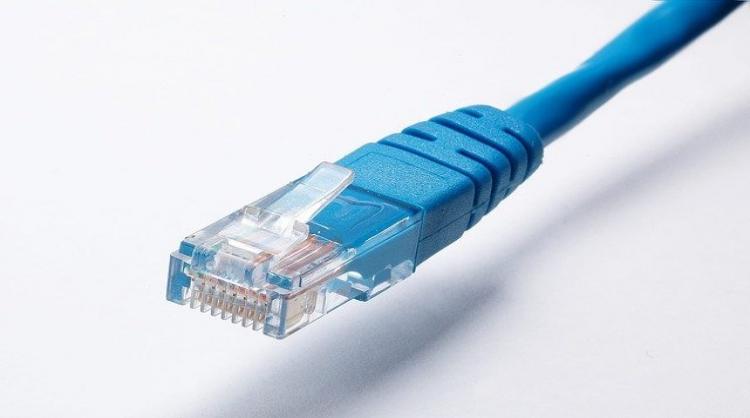ISPS Finally on Offense Regarding Future Broadband Regulation
February 18, 2022 | by Andrew Regitsky

There is no question ISPs are feeling under attack. The Biden administration has made it clear that as soon as a new FCC commissioner is approved, a sham proceeding will be held which will result in ultra-strict Internet regulation that will include net neutrality and Title II price regulation. This will occur even though Title II advocates cannot point to any systematically unfair ISP network practice since net neutrality was eliminated by the Trump FCC. Attacks are also coming from the courts and government agencies. Witness the recent decision by the Ninth Circuit Court of Appeals to uphold the California Net Neutrality Law and statements by the Departments of Treasury and Agriculture which have been encouraging states to favor entities like non-profits and municipalities over public ISPs when choosing grant winners
Being good citizens has not helped ISPs. In this environment, being a large corporation means you are going to lose the rhetorical battle unless you fight back. Thankfully, the ISPs recognize this and are beginning to act accordingly. On February 10, 2022, the ISP association – USTelecom - sent a memo to the president and his cabinet, called “A Blueprint for Government to Finally and Fully Connect Our Nation.” The memo discusses how best to utilize the $65 billion in the recently approved Infrastructure Investment & Jobs Act (IIJA) “to connect unserved and underserved communities to modern, high-speed internet and ensure low-income Americans can afford access to broadband.”
Here are the key recommendations ISPs make in their memo:
Rescind recent federal grant guidance that expresses a clear preference for networks built by municipalities, non-profits and electric co-ops.
Consistent with the intent of Congress, funding decisions should be based solely on how best to connect unserved and underserved Americans, not on a provider’s status as a public or private entity.
Require the same demonstrations of broadband experience and financial wherewithal from both public and private entities. Communities that want to offer their own connected services should partner with local broadband providers in order to leverage their expertise and capabilities.
Use the Affordable Connectivity Program (ACP) to advance broadband affordability.
In addition to distributing infrastructure funds, state and local leaders can provide additional connectivity support by removing state or local deployment hurdles—from permitting delays to excessive fees—that unnecessarily impede progress.
States and communities should ensure their rights-of-way and permitting processes are as streamlined as possible.
State broadband leaders should also serve as a liaison with other branches of government (e.g., departments of transportation) and easement holders like railroads to ensure similar streamlining.
Congress should review disparate nationwide practices, including discriminatory and anti-competitive pole attachment policies that allow municipalities and electric cooperatives to enter the broadband business without any federal regulation of their pole attachment rates and practices (unlike their competitors).
Congress, states and the FCC should eliminate burdensome rules that only apply to incumbent providers once the government has subsidized a new provider to serve the same area.
Federal agencies distributing the lion’s share of the $65 billion in public funds must prioritize hiring program administrators with strong financial, operational and technical expertise managing endeavors of this size and complexity.
Reject Title II utility regulation of broadband networks.
Adopt national net neutrality and consumer privacy laws that apply equitably across the Internet ecosystem.
Update Universal Service Fund rules to reflect today’s marketplace and ensure all major online players contribute their fair share to the costs of broadband deployment and adoption.
States should use the FCC’s soon to be available broadband mapping data and capabilities to target finite federal funds to unserved and underserved areas.
States should think holistically about broadband plans to allow for the best network design that will bring broadband to the most people across the eligible areas.
While the memo is a good first step for ISPs, they need to follow up with aggressive court actions and efforts to win the battle of the airways. Once a new FCC commissioner is on board, consumer advocates will use the media, including social media, to drum up support for net neutrality and utility Title II regulation. Unless the ISPs mount their own advertising campaign, they are going to lose badly with the public.

